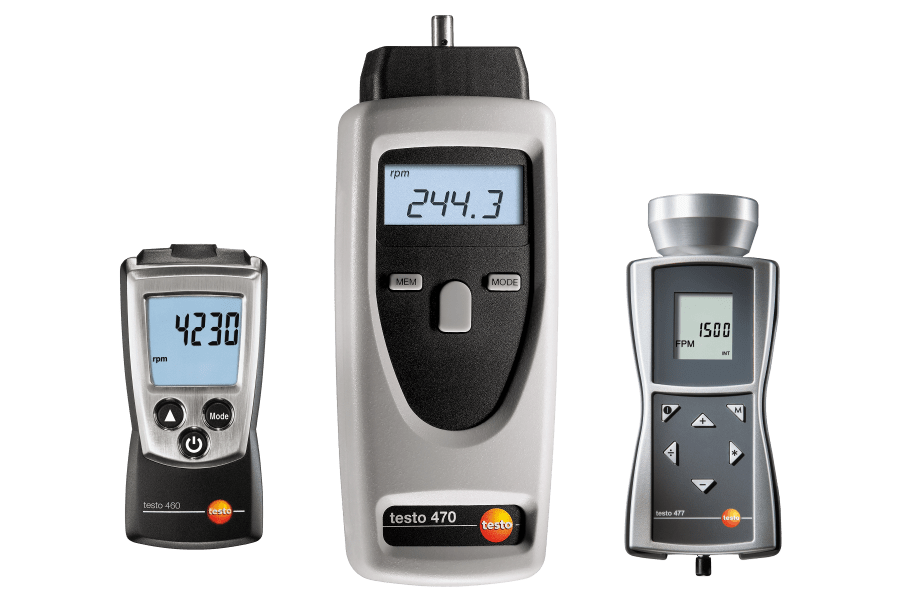Opening the Tricks of Tachometers: Everything You Required to Find Out About This Crucial Instrument in Your Vehicle
Recognizing the ins and outs of tachometers can offer important understandings right into your car's efficiency and upkeep requirements. From gauging engine rate to analyzing the data it offers, tachometers act as an essential device for car owners and lovers alike. By deciphering the enigmas behind this necessary instrument, you can open a wealth of details that can improve your driving experience and make certain the durability of your vehicle.
Value of Tachometers
The importance of tachometers hinges on their ability to give important real-time information regarding an engine's rotational rate, permitting specific monitoring and upkeep of machinery. By measuring the changes per minute (RPM) of an engine's crankshaft, tachometers use valuable insights right into the engine's performance - tachometer. This data is crucial for guaranteeing that the engine runs within its optimal variety, staying clear of potential damage from over-revving or underperforming
Tachometers play an essential role in assisting drivers and technicians discover any kind of anomalies in the engine's speed, which might show issues such as fuel ineffectiveness, mechanical troubles, or too much stress on the engine. By quickly recognizing these concerns through tachometer readings, maintenance can be done proactively, protecting against costly repair work and downtime in the future.
In addition, tachometers are specifically essential in high-performance cars and machinery, where exact control over engine rate is needed for optimum procedure. Competing autos, airplane, and commercial tools rely upon tachometers to supply peak efficiency while keeping safety and security criteria. Fundamentally, tachometers are not simply tools for gauging rate however vital devices for making sure the smooth and effective procedure of engines across different applications.
How Tachometers Measure Engine Speed
Making use of sensors that identify the regularity of electrical pulses created by the engine's ignition system, tachometers accurately gauge the rotational speed of an engine. By monitoring the price at which these pulses are received, tachometers supply real-time comments on just how quick the engine's crankshaft is revolving per minute, commonly referred to as revolutions per minute (RPM)
The tachometer's sensing unit, typically connected to the engine's ignition coil or ignition system wires, gets the electrical signals generated each time a cylinder fires. These signals are after that converted right into RPM readings showed on the scale or instrument collection within the chauffeur's sight. Tachometers can be analog or electronic, with contemporary lorries typically featuring electronic display screens for accurate and immediate RPM analyses.
This info is crucial for chauffeurs to understand the engine's efficiency, protect against over-revving, enhance gear changing, and make certain reliable gas usage. By accurately measuring engine speed, tachometers play a crucial function in helping basics motorists run their lorries safely and efficiently.
Analyzing Tachometer Readings
Having a clear understanding of just how tachometers gauge engine rate establishes the structure for effectively analyzing the RPM analyses showed. Analyzing tachometer readings is critical for optimal car efficiency and engine health. RPM (Transformations Per Min) readings on the tachometer indicate the rate at which the engine's crankshaft is turning. When the engine is idling, the tachometer needle normally relaxes around 600-1000 RPM, relying on the vehicle. As you accelerate, the RPM will increase, reflecting the engine's greater rotational rate. When changing equipments in a hand-operated transmission automobile, the RPM will certainly drop as you engage the clutch and change gears, after that climb once more as you increase in the brand-new gear. Keeping track of the tachometer can assist you identify the most reliable changing indicate maximize gas economic situation and engine power. Furthermore, unusual fluctuations or consistently high RPM analyses might suggest potential concerns with the engine that might need professional focus. By focusing on the tachometer readings and understanding just how to translate them, you can ensure your lorry runs smoothly and successfully.


Tips for Using Tachometers Properly
To enhance driving effectiveness click resources and optimize engine performance, what trick techniques can be applied for efficiently making use of tachometers? Tachometers are essential devices that provide real-time comments on engine rate, enabling motorists to make enlightened decisions for much better efficiency - tachometer. Here are some suggestions for making use of tachometers effectively:
Recognizing Optimum RPM Array: Acquaint on your own with the optimal RPM (Revolutions Per Minute) range for your car. Keeping the engine within this variety can enhance fuel effectiveness and extend the engine's life expectancy.
Changing Equipments at the Correct Time: Make use of the tachometer to establish the very best time to change equipments. Upshifting prematurely or also late can cause lowered effectiveness and efficiency. Goal to move gears when the RPM reaches the optimal range for the following equipment.
Keeping Track Of Engine Tension: High RPMs for prolonged durations can stress the engine. Watch on the tachometer to avoid over-revving, particularly during acceleration or when carrying heavy loads.
Tachometers and Vehicle Upkeep
When considering automobile upkeep, tachometers play an important role in keeping an eye on engine efficiency and discovering possible issues. Tachometers supply important information on engine rate, allowing motorists and mechanics to guarantee that the engine is running within the recommended RPM range.
In enhancement to detecting prospective problems, tachometers can additionally aid in enhancing gas performance. By keeping the engine speed within the ideal array, drivers can improve their gas mileage and minimize gas intake. This not only benefits the chauffeur's budget yet additionally adds to environmental conservation by decreasing harmful discharges.
Final Thought
